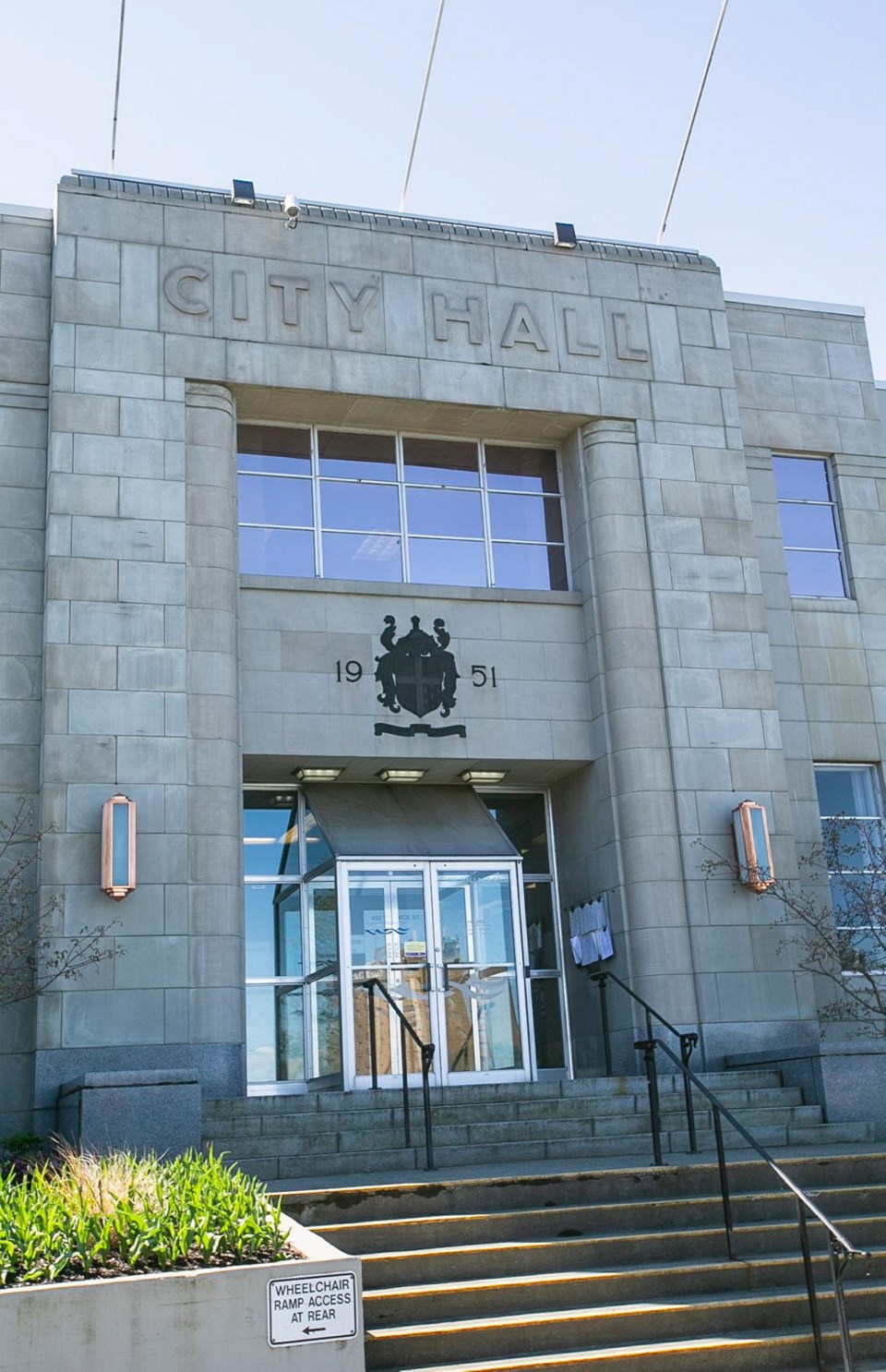A group concerned about the concentration of social housing in the south end of Nanaimo is calling for a “rethink” of plans for supportive and affordable housing announced last week.
The province and City of Nanaimo jointly announced plans for the development of about 190 permanent supportive-housing units and another 125 affordable rental homes.
Temporary modular supportive-housing units in two locations — installed in 2018 to house people who had been camping in a tent city on city property — would be decommissioned.
The province and city say they have signed a memorandum of understanding to develop four supportive-housing centres and three affordable-housing projects.
Area resident Sandy McLellan said the announcement “caught us by surprise.”
The neighbourhood immediately created the South End Coalition of Concerned Citizens to urge the province and city to reconsider their plans and do more to disperse the planned new facilities throughout the community.
Two of the supportive-housing sites announced are in the southern part of the city. One, at 702 Nicol St., is to receive 50 new supportive-housing units, plus a shelter. The other, at 355 Nicol St., would see about 40 supportive-housing units.
Investment in social housing is “wonderful news,” McLellan said. “But the devil is in the details. It needs to be spread through the city and [developed] for different purposes.”
Residents are worried about newcomers exhibiting antisocial behaviour, he said, noting a school and daycare are nearby.
Several social-housing facilities are already in place in the South End.
McLellan said area residents are not against social housing, but are concerned that adding to the existing facilities puts too much stress on one neighbourhood.
Distributing new facilities throughout the city would allow supportive-housing residents to integrate in their new neighbourhoods, he said.
McLellan, a long-time member of the South End Community Association, said residents want to know how the city came to agree on the plan with the province, after the neighbourhood spent years trying to improve the area, home to older houses once used by coal miners, as well as industrial and commercial uses.
“We have all worked hard in this community to bring it up and make it a balanced community.”
Sydney Robertson, chair of the South End Community Association, said that the organization is still gathering information and has not taken a position on the plans for the two Nicol Street properties.
However, she noted that the bulk of social facilities in Nanaimo are located south of Northfield Road, meaning there’s little in the north side of the city.
Like McLellan, Robertson suggests that housing programs be dispersed throughout the city.
She also would like to see more transparency by the province and city regarding how the decisions were made and what specifically is planned, including numbers of rooms and whether shelters will be for men or women, and what agency will be operating the new facilities.
“We need some of the hard details.”
An existing facility for women in need at 355 Nicol St. has a good relationship with the community association and is expected to be rebuilt, with residents temporarily staying at a city site, she said.
The two planned supportive-housing projects, with a total of about 90 units, would have a large impact on the South End, a small area that already has a lot of social housing, Robertson said.
“What can a neighbourhood absorb?”



